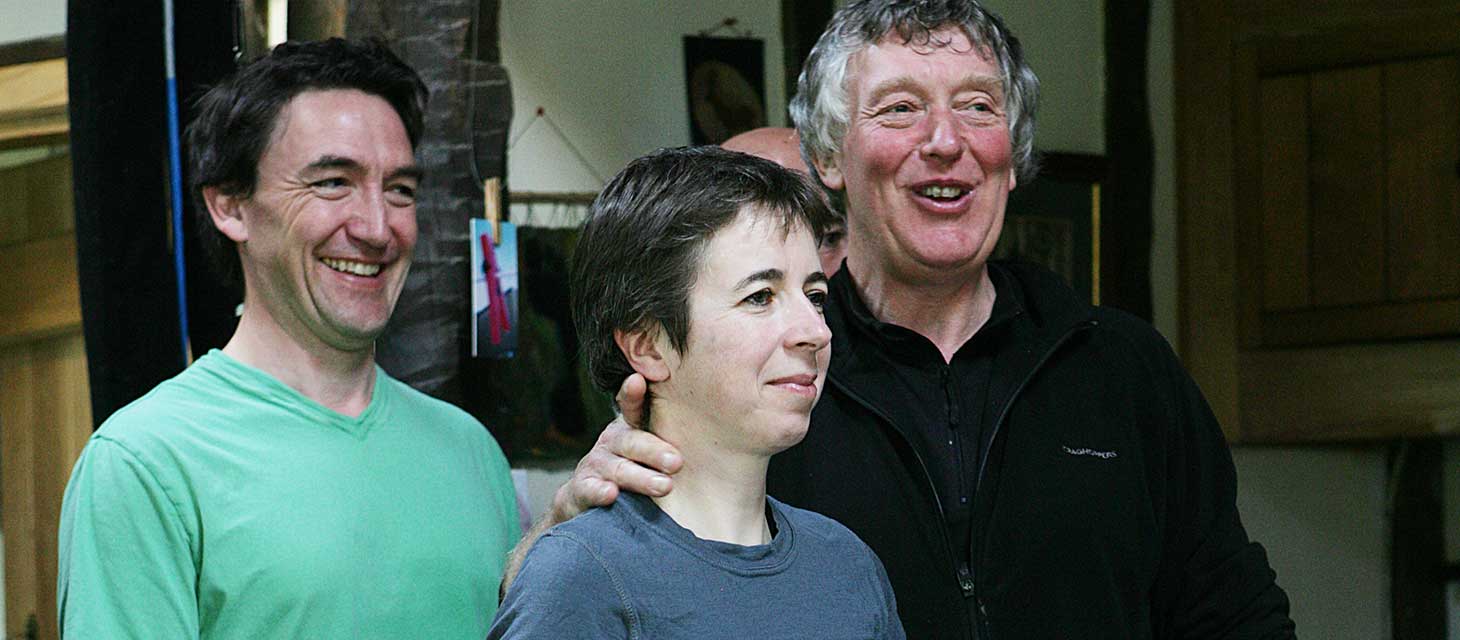Alexander Technique
Breathing space to be free
Alexander Technique lessons with John Woodward: discover how to
- Improve balance and spatial awareness
- Manage stress by minimising strain
- Change self-destructive habits and lifestyles
- Relief from bodily aches and pains caused by a poorly used body
- Find equilibrium and centred balance in mind and body
- Find greater ease in natural movement, walking and running
- Cope better with tensions in singing and musical performance
John Woodward on the Alexander Technique:
Without direct experience of the Alexander technique you probably will think that it is about posture and how to improve the way that you use your body. If you decide to have some lessons you will soon find out that there is much more to discover than achieving a more upright and erect posture.
Individuals come for lessons to find relief from a wide spectrum of stress-related suffering and pain that often include: Life ruining and troublesome aching bodies. The relief you get from lessons is not considered a treatment because what you learn in an Alexander lesson is a re-education of how you use your self. John Dewey, a passionate admirer of Alexander’s work, summed up his own experience of Alexander lessons as “Thought-in-Action”.
With more than 30 years of full-time teaching the Alexander Technique I am now convinced that this work can introduce you to a radically new and different way to think. What is so very different here is that what you learn does not add something more for your overburdened and overly busy brain to think about. How refreshing it is if instead you are encouraged to open-out, to let go of unnecessary tensions, to release and find the space and time to be more present. Learning to think-into-action invites you to observe how you use yourself in the everyday ways that you plan and organize your actions in life.
Bear this in mind: most of your brain, most of the time is subconsciously engaged in planning and organizing action. This is the thought-in-action that you can come to experience and to consciously work with in the lessons that I teach. Thought draws upon neuro-energy. Actions involve muscle-energy. There is a vital neuro-muscular partnership in the everyday way that you use yourself. This radically new way to think-into-action begins after you have been guided to the interface between mind and body. And it is there that the fun begins! As a culture the habitual way that we think and act has moved a long way from the interplay at this important mind-body interface.
Why is it so important to navigate a way to arrive at and to be present at this interface?
Because this is where the present moment begins and where we can make sound decisions that make health and well-being a part of becoming fully present in the creative art of living.
